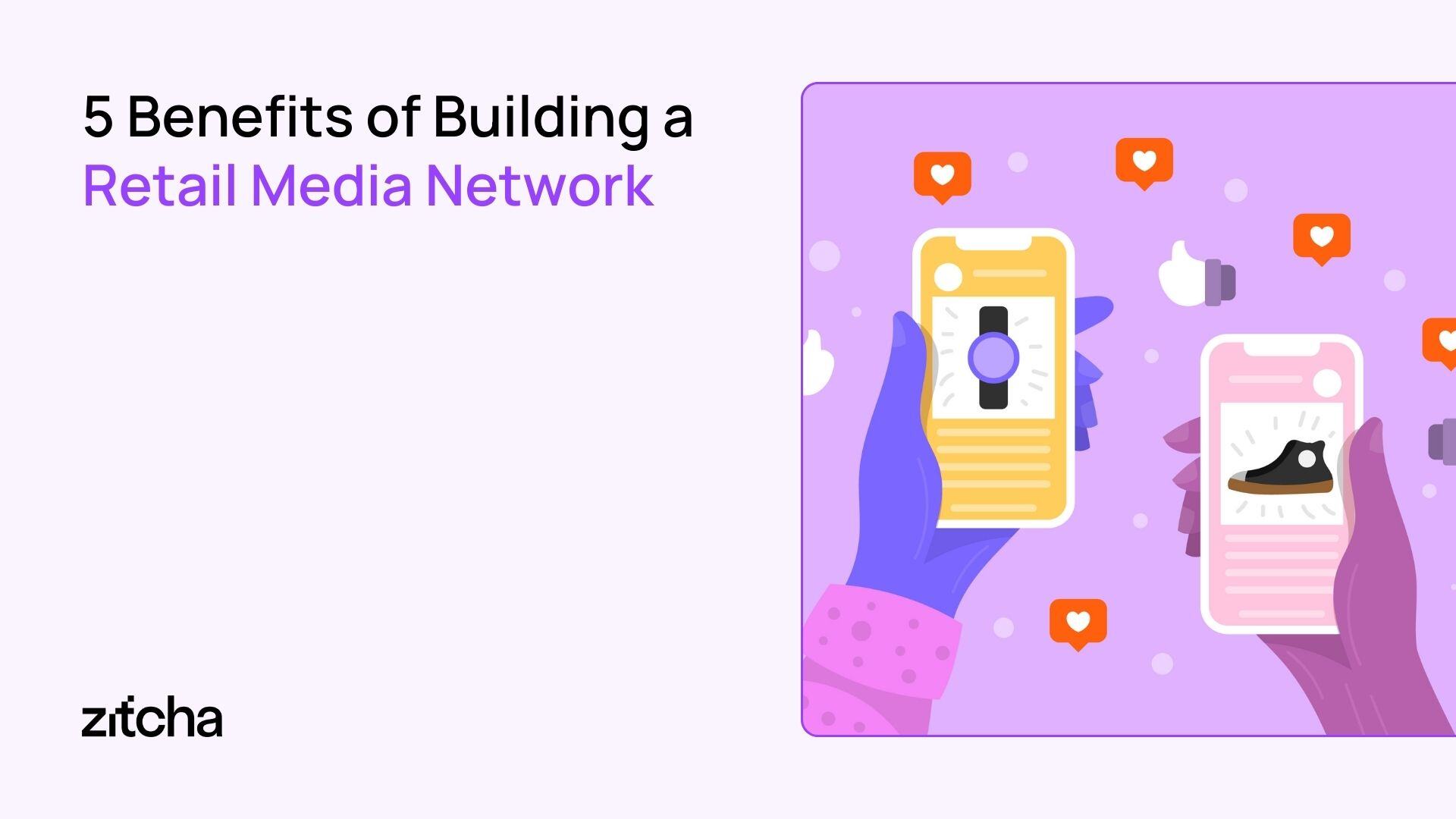

Retailers are racing to build their Retail Media Networks (RMN) and capitalise on what’s predicted to be a $100 billion global retail media market by 2026. Leading the charge is retail juggernaut Amazon, which reportedly grew its advertising revenue by 18% year-on-year to $8.76 billion in the second quarter of 2022, followed closely by Walmart which grew its ad business Walmart Connect by 30%.
With so much to gain, it’s no surprise that retailers of all sizes and scales are investing in RMNs.
But first, let us explain what an RMN is.
A RMN uses a retailer's advertising platform to sell ad space across all their assets – website, email, social channels, in-store, etc. – to brands.
RMNs have been around as long as advertising has, with brands traditionally advertising in and around shops via signage, shelf talkers, magazines and other materials. But as consumers shift their spending online (accelerated by the pandemic), RMNs have evolved to meet changing shopping behaviour, adopting a hybrid approach to enable retailers to reach customers at every touch point in the purchase journey – from in-store to online.
A RMN uses a retailer's advertising platform to sell ad space across all their assets – website, email, social channels, in-store, etc. – to brands.
RMNs have been around as long as advertising has, with brands traditionally advertising in and around shops via signage, shelf talkers, magazines and other materials. But as consumers shift their spending online (accelerated by the pandemic), RMNs have evolved to meet changing shopping behaviour, adopting a hybrid approach to enable retailers to reach customers at every touch point in the purchase journey – from in-store to online.
Simultaneously, privacy changes at Google and Apple have made other forms of advertising less effective. As a result of third-party cookies being phased out, accurately targeting customers and determining what action they took after seeing an ad is increasingly difficult. Retail media offers marketers a cookie-less solution that puts them in the driver’s seat, enabling them to have greater control over campaigns, establish a new high-margin revenue stream and easily track results via closed-loop measurement (an advantage that Meta and Google aren’t able to offer).
But that’s just the tip of the iceberg.

THE BENEFITS OF BUILDING AN RMN ARE VAST. BELOW, WE'VE SUMMED UP JUST FIVE OF THEM.
-
Retain shopping marketing dollars: advertising placements are increasingly shifting online, retail media allows you to shift with them and deliver accurate and relevant marketing along the way.
-
Meet customers where they are: reach customers at the most opportune time – when they’re shopping and ready to buy. Or, find new customers through off-site advertising.
-
Increase eCommerce profitability: offset increasing operational costs (e.g. free shipping) by establishing a new, high-margin revenue stream and selling valuable inventory.
-
Smarter product development: leverage rich data insights to drive product development relevant to consumer needs and wants, and tap into new markets.
-
Strengthen supplier relationships: share data and insights to improve personalisation, targeting and optimisation for increased awareness, traffic, loyalty and share of the consumer wallet.

But to reap the rewards of a retail media network, you need the proper infrastructure. Lucky for you, that’s what we’re here for.
Zitcha helps retailers, brands and agencies establish profitable retail media businesses that allow for greater control over the customer experience and insight into their actions and interests. Setting them up for success, now and in the future.
Keen to learn more? Get in touch now for a demo.


